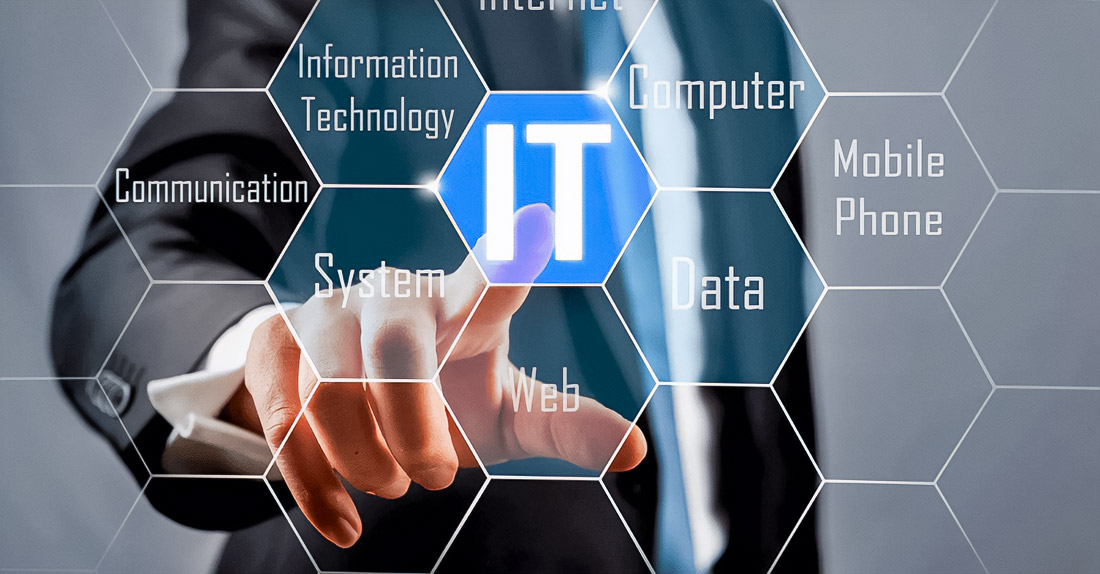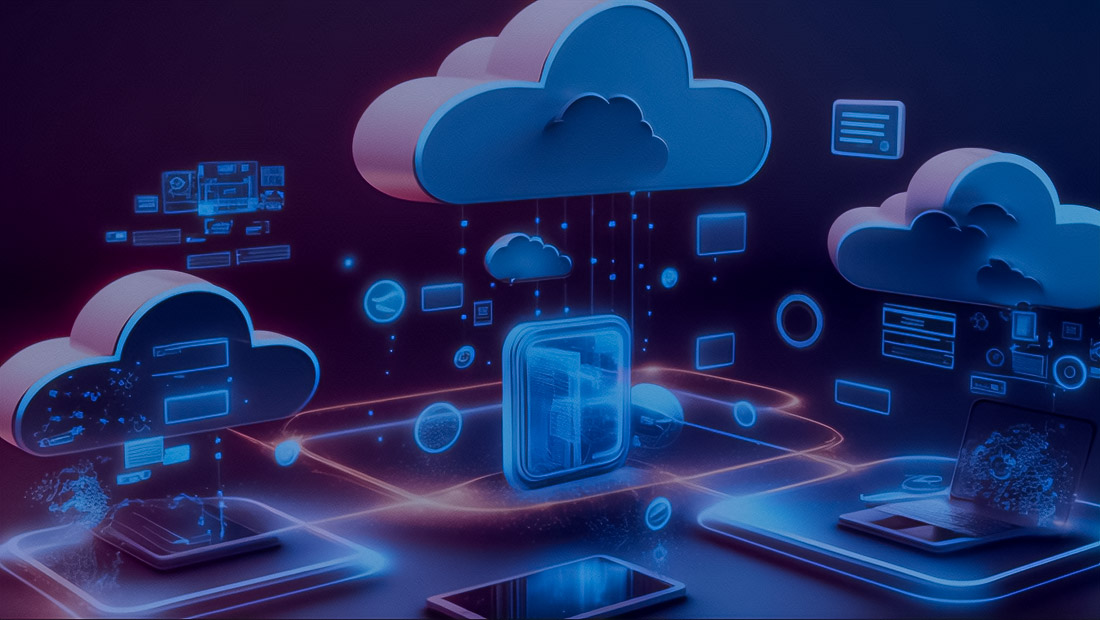In the modern business environment, IT systems have become the cornerstone of successful functioning companies, providing support for a wide range of processes and functions. However, when these systems overload, consequences can be indeed serious, from dropped performance and loss of data to significant financial losses. In this article, we, in detail, consider how regular technical maintenance can become a reliable protection for your IT resources, preventing possible problems and disruptions in their work. Learn more about IT maintenance companies Dubai, which can help maintain your system in excellent condition.
Deep view on overload IT systems and its destructive consequences

Overload IT systems — this state, at which current demands computing power, volume memory, or other key resources exceed permissible possibilities system. Symptoms such as overload can include a slowdown of work on critically important applications, failures in processing the most important data, and complete unavailability of some services. For business, these fraught catastrophic consequences, including loss of clients, a significant decrease in income, and increased risk of cyberattacks, caused vulnerabilities and unstable operation systems.
Necessity of regular technical maintenance for business: multilevel approach

Regular technical maintenance provides number advantages, aimed at prevention overload systems, and includes in itself important measures on care for equipment and software. Consider key aspects in more detail.
- Updating and upgrading software: Constant updates operating systems and business applications extremely important. They not only eliminate existing vulnerabilities and bugs but also significantly increase the overall performance of systems. This also provides uninterrupted integration with the latest technologies and compliance with current industrial standards.
- Technical cleaning hardware components: Dust and contaminants can critically affect important work components, such as cooling fans and hard drives. Regular cleaning prevents overheating systems and increases the lifespan of devices, minimizing the risk of serious failures.
- Comprehensive monitoring systems in real-time mode: Continuous monitoring allows timely identify even potential threats and vulnerabilities, such as memory leaks or excessive consumption of resources. This gives the opportunity to take measures before the slightest problems develop into full-fledged overload.
Management IT services has become an important aspect for companies striving to stabilize and operate their infrastructure.
Step-by-step guide on creation and implementation effective plan maintenance
Organization effective maintenance requires the creation of a detailed and thoughtful plan. Suggest orientate on the following plan actions:
- Assessment current state systems: Conduct a comprehensive audit of existing systems and processes to precisely determine their weak places and existing threats.
- Definition schedule and frequency carrying out works: Establish optimal time intervals for technical maintenance different components. For example, updates software can be performed monthly, whereas hardware cleanings — each quarter.
- Development clear regulated procedures: Create detailed instructions for execution of all types of maintenance, with consideration of all necessary tools and materials.
- Appointment responsible employees: Determine personnel responsible for the execution of each specific procedure, providing them with all necessary resources and training.
- Documentation and systematic analysis results: Keep a detailed journal of all conducted works and their outcomes for subsequent analysis and optimization process maintenance.
Technical security: How regular maintenance protects from cyber threats
Regular technical maintenance has most important significance for ensuring security IT systems in whole. It significantly reduces risk cyberattacks, timely identifying and eliminating vulnerabilities, before they will be used by attackers. Modern updates software close all known “holes” in security system, whereas monitoring helps quickly react to any suspicious activity.
Successful cases prevention overload: lessons from practice
Consider several examples from real life demonstrating the effectiveness of regular technical maintenance:
- Company A: Thanks to the implementation of regular monthly updates of software and cleaning hardware every quarter, the company managed to reduce the number of system failures by 30% and increase overall performance by 20%.
- Company B: Due to constant monitoring systems and timely elimination of potential threats, the company was able to avoid several serious attacks on its servers, maintaining its reputation and the trust of clients.
Computer security – another aspect that is necessary to consider when planning strategy maintenance.
Overcoming problems on the way to regular maintenance
Implementation of regular technical maintenance can encounter significant difficulties, including a lack of resources and resistance inside the company. For their overcoming can be taken following actions:
- Justification necessity investments in support: Prepare financial justification, showing return investments from regular maintenance, considering decreased costs on repair and increased performance.
- Increasing qualification employees: Organize regular courses and training to increase the level of awareness of personnel and understanding of the critical importance of competent maintenance.
- Automation key processes: Use automated tools for monitoring and updating systems to reduce the load on employees and decrease errors in human factors.
Regular technical maintenance — this not just recommendation, this obligatory measure for prevention overload IT systems. Observance above-mentioned strategies will help in long-term maintaining your IT infrastructure in impeccable condition, guaranteeing their reliability, performance and security on maximum high level.
Fixie owner, maker, hiphop head, reclaimed wood collector and communicator, collector, connector, creator. Making at the crossroads of design and elegance to craft an inspiring, compelling and authentic brand narrative. I’m fueled by craft beer, hip-hop and tortilla chips.
